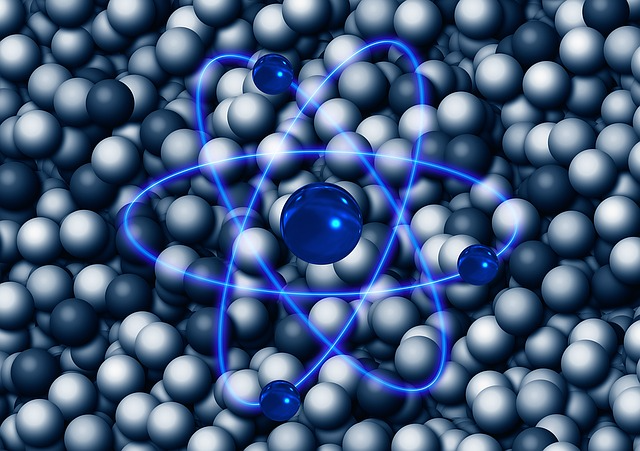Aluminium (aluminum) is a chemical element with an atomic number 13 and represented through the symbol ''Al''. In the Periodic table, it is located in Group 13 (Boron family), and Period 3rd. Its electronic configuration is [Ne] 3s2 3p1 and it is an P-block element. Aluminium is solid at STP. Its melting point is 933.47 K ?(660.32 °C, ?1220.58 °F) and its boiling point is 2743 K ?(2470 °C, ?4478 °F). The electronegativity of aluminium is 1.61 (Pauling scale). The Oxidation States of aluminium is −2, −1, +1, +2, +3 depending on the bonding atom. There are some 22 isotopes in which just one isotope Aluminium-27 is stable and naturally occurring the rest are radioisotopes.
Aluminium was discovered by Hans Christian Ørsted. It is a soft and non-magnetic metal. It has a silver-like colour and can easily change into different shapes. It has a high affinity for oxygen forming oxide when exposed to air. Aluminium occurs in great abundance in Earth's crust, the seventh most abundant element. It is not found in a free state but found mostly in silicates or oxides form. It is found in some minerals like turquoise, cryolite, beryl, and garnet etc.
It has a wide range of uses such as in beverage cans, Aluminium foil as packaging, building construction, electronic devices cooking utensils and in the transport industry
What are the properties of aluminium?
The following are some of the properties of Aluminium.
It is a good conductor of heat and electricity.
It is a soft metal that is easy to make different shapes. (Ductility and Malleability)
It has lightweight which makes it a good choice for the aircraft industry.
It is non-corrosive.
It is a non-toxic metal.
Who discovered aluminium?
Aluminium was discovered by Danish physicist and chemist Hans Christian Ørsted in 1824.
What is the melting point of aluminium?
At standard temperature and pressure Aluminum is in solid phase. Melting point of Aluminum is 933.47 K ?(660.32 °C, ?1220.58 °F) and boiling point is 2743 K ?(2470 °C, ?4478 °F).





